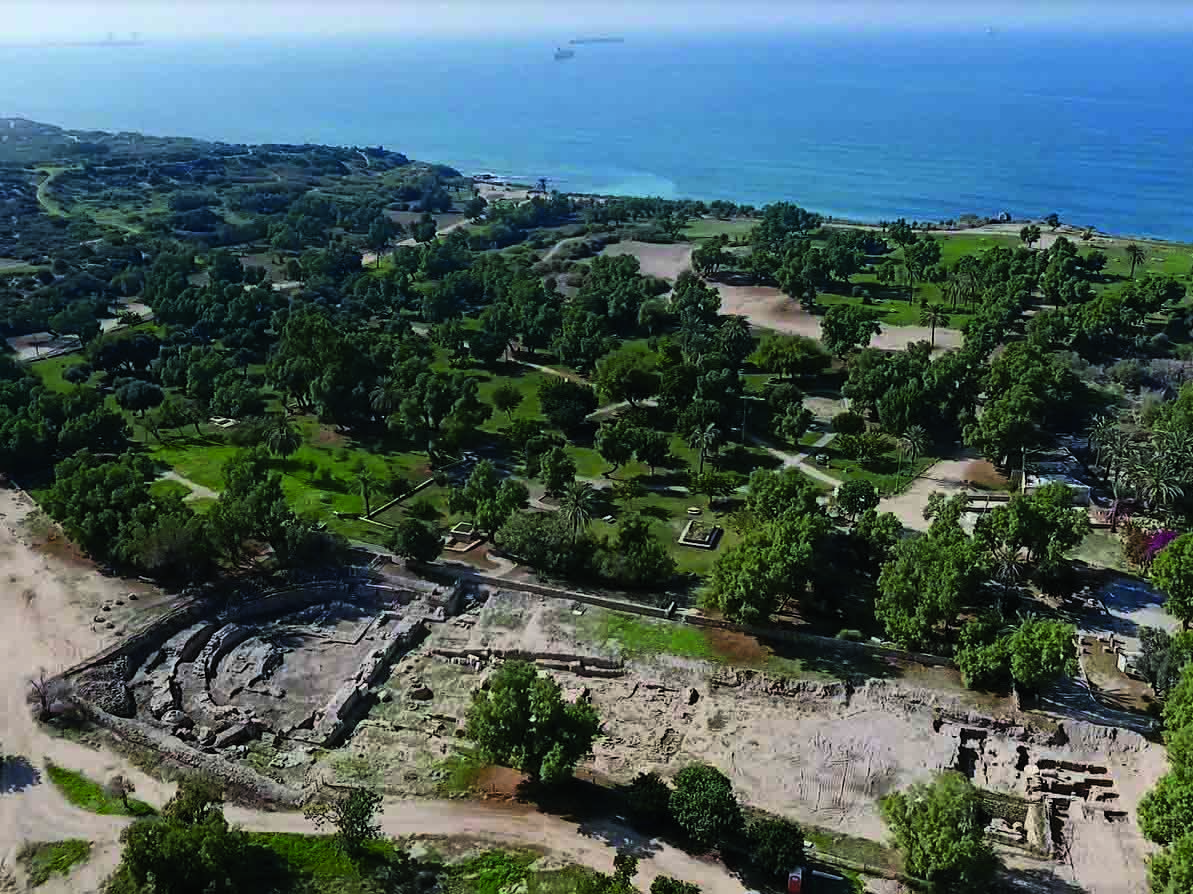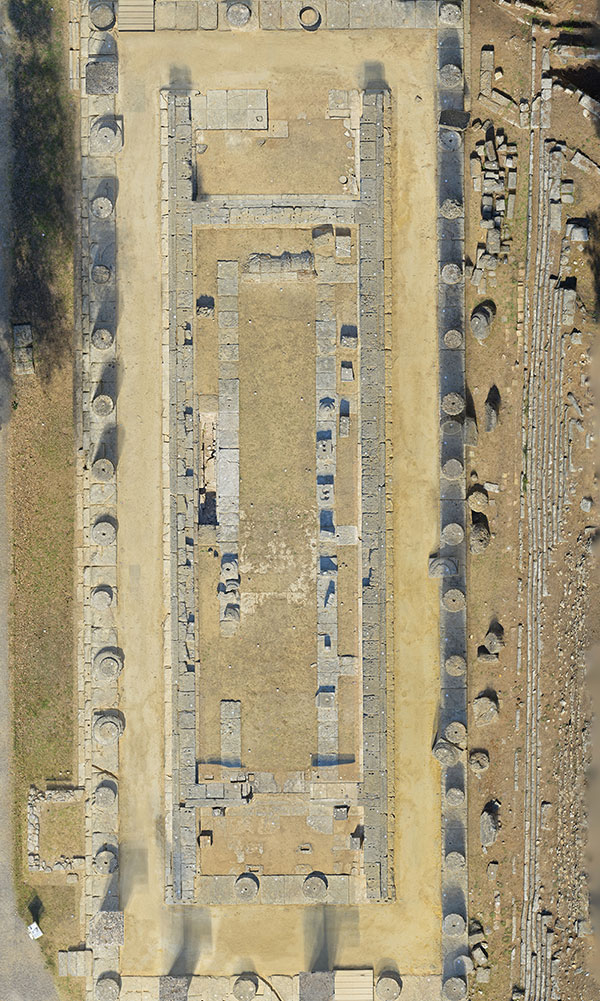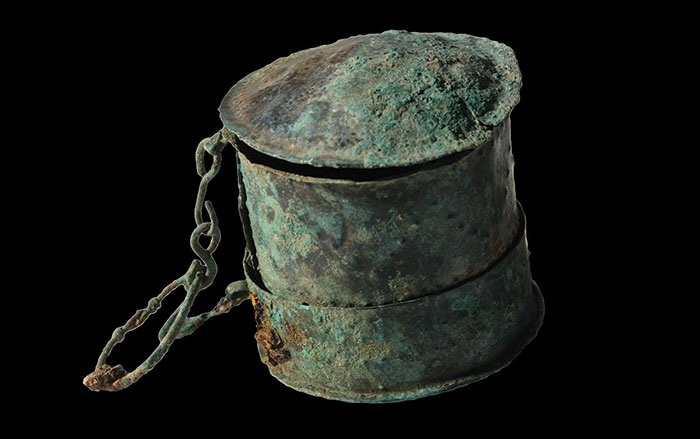
Treasures from the Roman era have emerged from the waters of the ancient Mediterranean harbor of Caesarea in Israel—the largest underwater find in the country in 30 years. The spectacular discovery includes a bronze lamp depicting the sun god Sol, a figurine of the moon goddess Luna, a lamp in the shape of the head of an African slave, fragments of three life-size bronze statues, and a figurine of the god of wine, Dionysus. The archaeologists also recovered two metallic lumps composed of thousands of coins bearing the images of the Roman emperors Constantine and Licinius, and holding the shape of the pottery vessels that once enclosed them. According to Jacob Sharvit, director of the Marine Archaeology Unit of the Israel Antiquities Authority, the cargo comes from what was probably a large merchant ship that sank around 1,600 years ago, and may have been slated to be recycled had the ship reached port. “The cargo gives us some important clues on commerce at that time,” he says. “We can date it to a short time after Constantine the Great won the battle against Maxentius, and made economic changes and declared Christianity the religion of the empire.”












